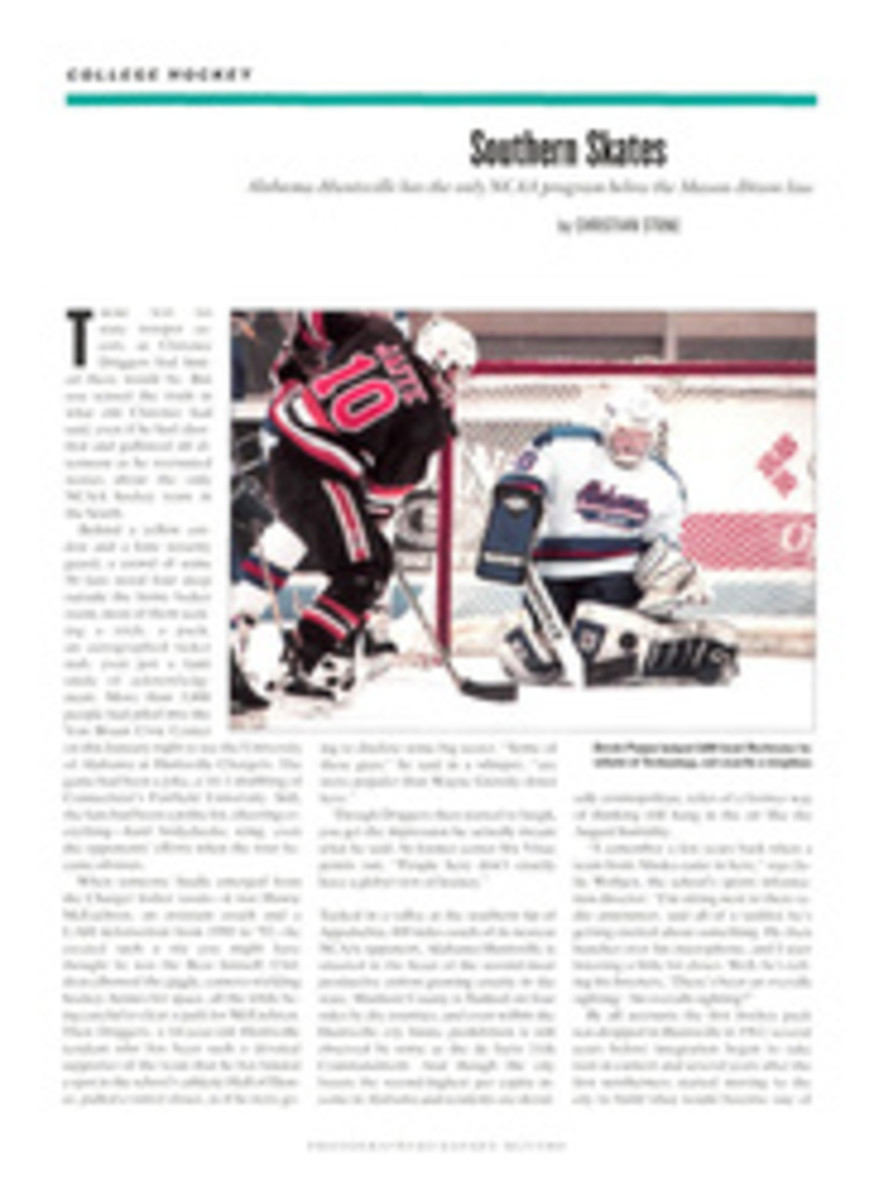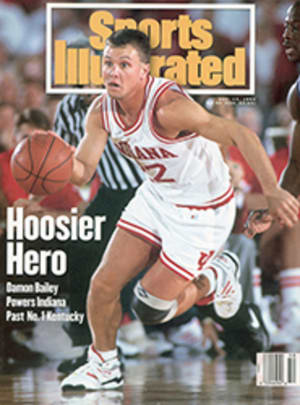
Art on the Wing
Toward the end of his life, John James Audubon, the great wildlife watercolorist, wrote, "In my sleep I continually dream of birds." At night, when he was a child, Grainger McKoy's thoughts were also often filled with birds. Nestled in the downy center of an old feather bed, he would imagine, thrashing riotously above him, the wings of all those birds whose feathers cushioned his sleep.
Although he is now 46, McKoy's life continues to be filled with flights of fancy. A wildlife artist who lives in Stateburg, S.C., McKoy has established himself over the past two decades as the preeminent avian wood-carver in the country.
McKoy's art is very much influenced by his rural southern upbringing in Sumter, S.C. "When I was five," says McKoy, "my parents moved out into the country and built a log cabin, which in 1952 was an unusual thing to do. We had cows, goats, ducks, chickens, all sorts of animals."
When McKoy was 10, his grandmother gave him a canvasback-duck decoy, and he began to carve his own decoys to hunt with in the nearby swamps. As McKoy likes to say, "My rite of passage happened with a duck." Three years later he made his first decorative carving, a shorebird, using—with his mother's permission—a corner of one of the cabin's cypress logs.
When McKoy enrolled at Clemson, in 1965, he thought he could channel his creativity into the practical pursuit of a degree in architecture. But when he realized that he didn't want to spend his life, as he says, "rearranging the placement of toilets and storage closets," he switched his major to zoology.
McKoy's life came full circle when he decided after graduating from college to make carving his career. Upon finishing his last exam in the spring of 1970, he packed up his bags and moved into a tiny house in Beaufort, S.C. It was here that McKoy's knowledge of architecture and zoology, as well as his artistic talents, led him to create the first of his bird carvings.
McKoy's work—life-size birds in gravity-defying, spread-wing poses—is essentially the inanimate brought to life. His wood sculptures are as simple as his "Semipalmated Plover," a tiny shorebird being buffeted by an invisible wind, and as complicated as his "Covey Rise," 13 bob-white quail flushed into flight.
Because his sculptures often involve more than one bird, McKoy first works out his designs on paper. Using soft wood from Tupelo gum trees, he then fashions a small-scale model and finally the full-scale piece itself. This might include a dozen or more birds in flight, threaded together with an invisible steel-ribbon armature. The most complicated works, like "Covey Rise," take up to two years to complete. And while the verisimilitude of the final product is often breathtaking, it can be confusing to some. Walking through an exhibit of McKoy's work at the Brandywine River Museum, in Chadds Ford, Pa., one day this summer, a five-year-old visitor was disturbed because the birds "weren't making any noise."
McKoy has exhibited his sculptures at places as diverse as the American Museum of Natural History and the prestigious Hammer Gallery, both in New York City. And critical success has meant financial security for McKoy, his wife, Floride, and their three children. His commissions command as much as five figures.
Being a wildlife artist, though, has always been less about money, says McKoy, than about the thrill of seeing "the emergence of something out of nothing." What Aristotle wrote about the natural world 2,000 years ago could be said today of McKoy's art: "In all things of nature there is something of the marvelous."
TWO PHOTOS
GARTH VAUGHAN
"Ring-necked Ducks" and "Carolina Parakeets" (above) appear with the real McKoy.

